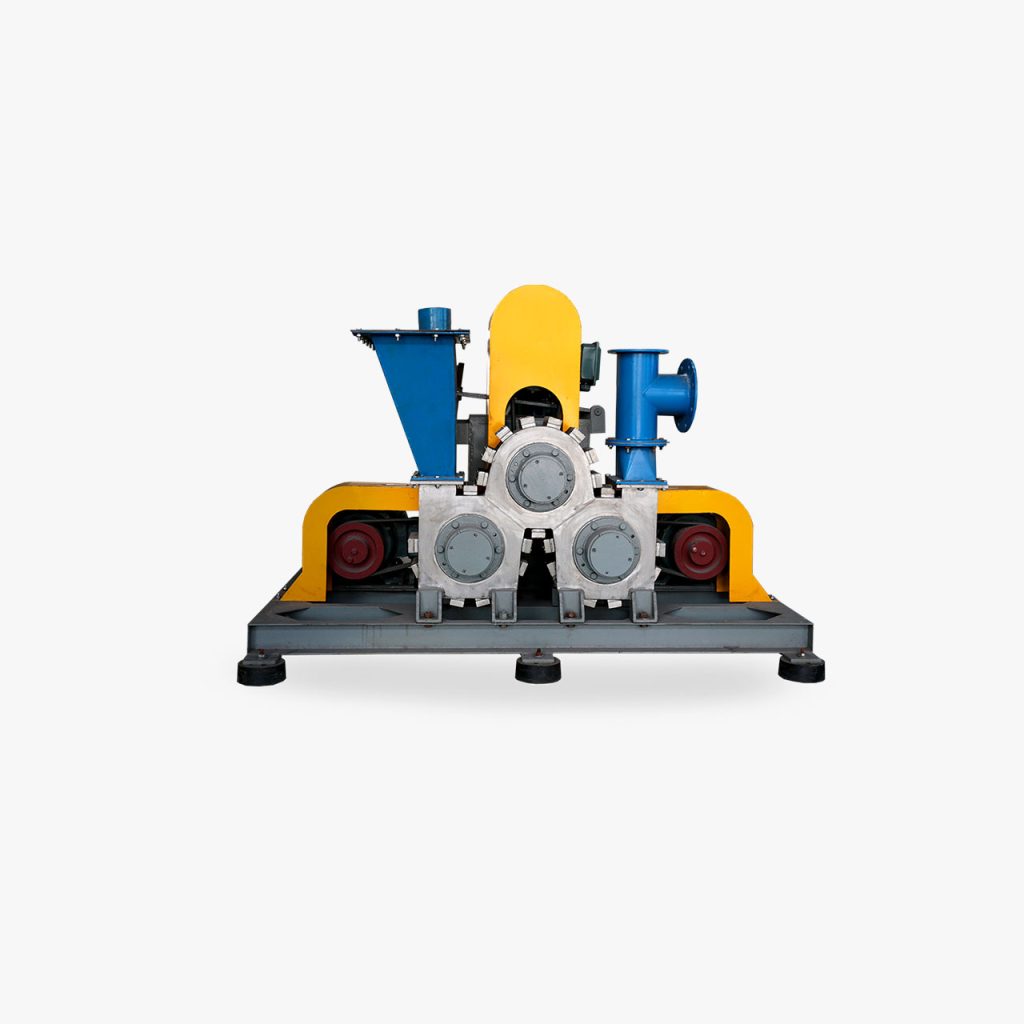Powder surface modification process

Powder surface modification is also called powder surface modification. With the development of modern new technologies, new processes, and new materials, functional composite materials have a vital impact. Surface modification is the purposeful change of the physical and chemical properties of a certain material surface through physical, chemical, mechanical and other methods, such as surface structure and functional groups, surface energy, electrical properties, optical properties, adsorption properties and reactivity, etc. Achieve the compatibility, dispersion and comprehensive performance improvement between different materials. This article briefly discusses the engineering process of surface modification of inorganic powders.
Surface modification processes are mainly divided into three categories, namely dry process, wet process and composite process. Here we focus on the first two processes.
Dry modification
The dry modification process means that the powder is always kept in a dry state and is dispersed, coated, coupled, etc. in a dry environment. There are continuous production processes and intermittent production processes, and the process is simple and flexible.
The modification effect of the dry modification process is mainly related to the shape of the impeller, rotation speed, temperature, filling rate, mixing time, adding method and amount of modifier, etc. The internal design is to provide different power to the materials to achieve uniform mixing. The filling rate directly affects the operation of the overall material in the equipment. If there is too much filling rate, there will be no space for movement inside. If there is too little filling rate, the blades cannot fully contact the material and the material cannot achieve the required kinetic energy. Generally, the surface of inorganic powder requires a certain temperature to adsorb or react with the modifier to achieve the modification effect.
The dry continuous production process refers to the production process of continuously adding materials and continuously adding modifiers.
The modification host of this process generally feeds materials through metering, including a modifier feeding device, mainly through weight loss metering, flow metering, pressure metering, etc. The modifier does not need to be diluted, the powder and the modifier are well dispersed, and the relative modification time is short. Because of the continuous automatic or semi-automatic process, the labor intensity is low, the production efficiency is high, and it is suitable for large-scale industrial production. Because of the continuous feeding, it is inflexible to switch materials and is not suitable for small-volume production and frequent material changes.
The powder surface modification effect is not only related to the particle size, but also affected by many factors. Different modifiers must be selected for different systems.
